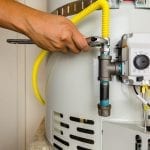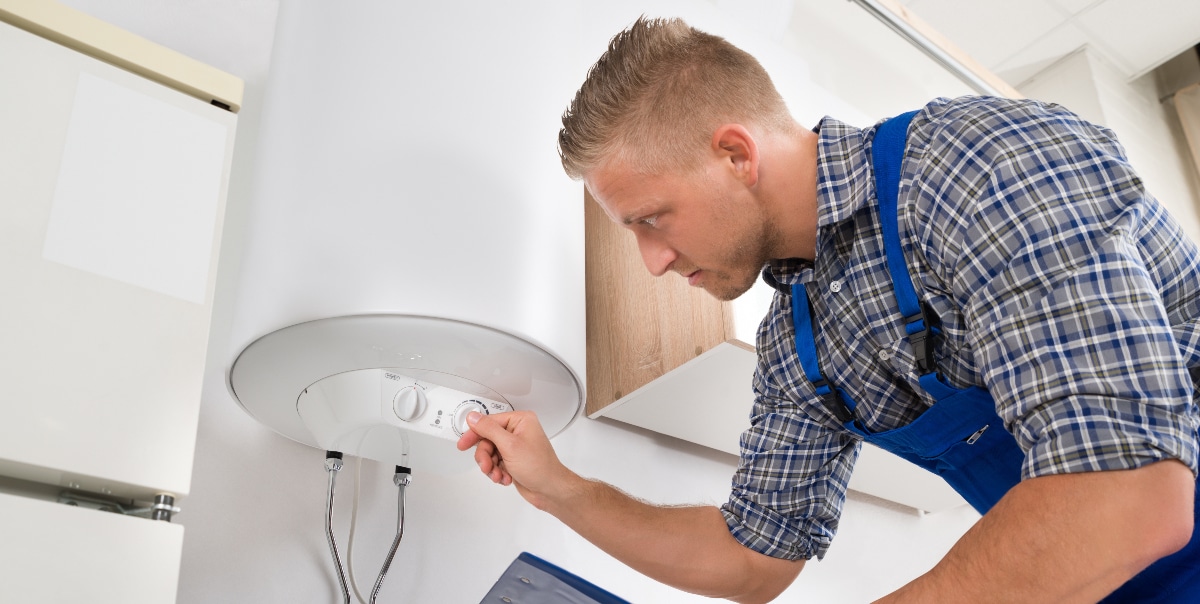Presented here below you'll find some good quality answers in relation to Tips on Maintaining a Water Heater.

Warm water is crucial for day-to-day comfort, whether it's for a refreshing shower or cleaning recipes. To guarantee your warm water system runs successfully and lasts longer, routine upkeep is vital. This post supplies functional ideas and insights on how to maintain your home's hot water system to stay clear of interruptions and expensive repair work.
Intro
Keeping your home's warm water system may seem challenging, however with a few simple actions, you can ensure it operates efficiently for many years to come. This guide covers every little thing from recognizing your warm water system to DIY maintenance pointers and recognizing when to call in specialist aid.
Relevance of Keeping Your Warm Water System
Normal upkeep not just prolongs the life expectancy of your hot water system but also guarantees it operates efficiently. Overlooking maintenance can bring about lowered performance, higher power costs, and also premature failing of the system.
Indicators Your Warm Water System Requirements Maintenance
Knowing when your warm water system needs focus can protect against major concerns. Look out for signs such as irregular water temperature level, odd noises from the heater, or rusty water.
Comprehending Your Hot Water System
Before diving into maintenance tasks, it's helpful to understand the basic components of your hot water system. Generally, this includes the water heater itself, pipes, anode poles, and temperature level controls.
Month-to-month Upkeep Tasks
Routine regular monthly checks can help capture small concerns before they escalate.
Flushing the Water Heater
Flushing your hot water heater gets rid of sediment buildup, improving performance and extending its life.
Monitoring and Changing Anode Rods
Anode rods avoid deterioration inside the tank. Evaluating and changing them when worn out is critical.
Examining and Adjusting Temperature Level Setups
Changing the temperature level settings ensures optimal efficiency and safety.
Do It Yourself Tips for Maintenance
You can execute several upkeep tasks on your own to keep your warm water system in leading condition.
Checking for Leakages
Regularly check pipes and connections for leakages, as these can result in water damages and higher expenses.
Testing Pressure Alleviation Valves
Evaluating the stress relief valve ensures it works appropriately and protects against excessive stress build-up.
Insulating Pipelines
Shielding hot water pipelines lowers heat loss and can conserve power.
When to Call a Professional
While DIY maintenance is useful, some problems require expert expertise.
Complicated Concerns Calling For Professional Assistance
Instances include major leaks, electric troubles, or if your water heater is regularly underperforming.
Regular Specialist Maintenance Conveniences
Professional maintenance can include complete inspections, tune-ups, and making certain compliance with safety requirements.
Final thought
Normal upkeep of your home's warm water system is essential for effectiveness, long life, and price financial savings. By following these pointers and recognizing when to look for professional help, you can ensure a reputable supply of hot water without unforeseen disruptions.
How to Maintain an Instant Hot Water Heater
Before tinkering with your hot water heater, make sure that it’s not powered on. You also have to turn off the main circuit breaker and shut off the main gas line to prevent accidents. Also turn off the water valves connected to your unit to prevent water from flowing into and out of the appliance. 2. When you’re done, you have to detach the purge valves’ caps. These look like the letter “T” and are situated on either side of the water valves. Doing so will release any pressure that has accumulated inside the valves while at the same time avoid hot water from shooting out and burning your skin. 3. When the purge valves’ caps are removed, you have to connect your hosing lines to the valves. Your unit should have come with three hoses but if it didn’t, you can purchase these things from any hardware or home repair shops. You can also get them from retail stores that sell water heating systems. Read the user’s manual and follow it to complete this task properly. When the hosing lines are connected, open the purge port’s valves. 4. You should never use harsh chemical cleaners or solutions when cleaning your unit. Make use of white vinegar instead. It should be undiluted and you’ll probably use about 2 gallons. 5. Now flush your water heater. This task should probably take about 40 minutes. We can’t give you specific directions for this because the procedure is carried out depending on the type, model and brand of your heater. With that being said, refer to the user’s manual. 6. When you’re done draining the unit, you have to turn off the purge port valves again. Remove the hosing lines that you earlier installed on each of the water valves. Put the valve caps (purge port) back in their respective places and be very careful so as not to damage the rubber discs that are found inside these caps. 7. Now that everything’s back in place, check your user’s manual again to find out how to reactivate your water heating system. 8. Once it is working, turn one of your hot water faucets on just to let air pass through the heater’s water supply pipes. Leave the tap on until water flows smoothly out of it. https://www.orrplumbing.com/blog/2014/september/how-to-maintain-an-instant-hot-water-heater/

I was introduced to that write-up on Tips For Maintaining Your Hot Water Heater from a good friend on a different domain. So long as you liked our post kindly don't forget to share it. Many thanks for taking the time to read it.
Book Appointment